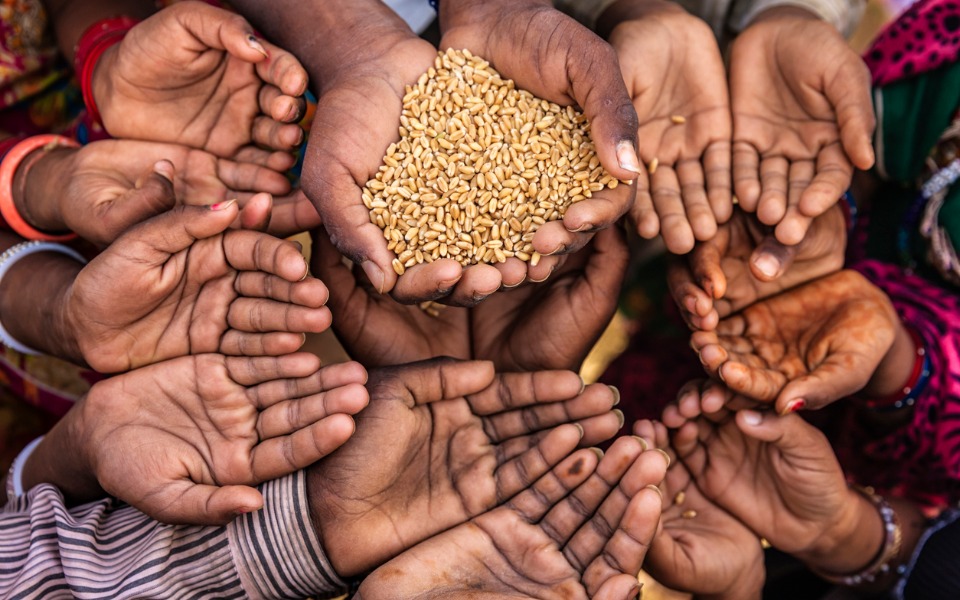
India is 94 on Global Hunger Index; experts blame poor implementation
India ranked 94 among 107 nations in the Global Hunger Index 2020 and is in the serious hunger category with experts blaming poor implementation processes, lack of effective monitoring, siloed approach in tackling malnutrition and poor performance by large states behind the low ranking.

India ranked 94 among 107 nations in the Global Hunger Index 2020 and is in the serious hunger category with experts blaming poor implementation processes, lack of effective monitoring, siloed approach in tackling malnutrition and poor performance by large states behind the low ranking.
Last year, India’s rank was 102 out of 117 countries.
The neighbouring Bangladesh, Myanmar, and Pakistan too are in the serious category but ranked higher than India in this year’s hunger index. While Bangladesh ranked 75, Myanmar and Pakistan are in the 78th and 88th position.
Nepal in 73rd and Sri Lanka in 64th position are in moderate hunger category, the report showed.
Seventeen nations, including China, Belarus, Ukraine, Turkey, Cuba and Kuwait, shared the top rank with GHI scores of less than five, the website of the Global Hunger Index, that tracks hunger and malnutrition, said on Friday.
Related news: India slips 10 spots in Democracy Index due to ‘erosion of civil liberties’
According to the report, 14 per cent of India’s population is undernourished.
It also showed the country recorded a 37.4 per cent stunting rate among children under five and a wasting rate of 17.3 per cent. The under-five mortality rate stood at 3.7 per cent.
Wasting is children who have low weight for their height, reflecting acute undernutrition. Stunting is children under the age of five who have low height for their age, reflecting chronic undernutrition.
Data from 1991 through 2014 for Bangladesh, India, Nepal, and Pakistan showed that stunting is concentrated among children from households facing multiple forms of deprivation, including poor dietary diversity, low levels of maternal education, and household poverty.
During this period, India experienced a decline in under-five mortality, driven largely by a decrease in deaths from birth asphyxia or trauma, neonatal infections, pneumonia, and diarrhoea, the report stated.
Related news: India ranks 48th in Global Innovation Index, among top 50 for the first time
“However, child mortality, caused by prematurity and low birth weight, increased particularly in poorer states and rural areas. Prevention of prematurity and low birthweight is identified as a key factor with the potential to reduce under-five mortality in India, through actions such as better antenatal care, education, and nutrition as well as reductions in anaemia and oral tobacco use,” it said.
Experts think that poor implementation processes, lack of effective monitoring and siloed approaches to tackling malnutrition often result in poor nutrition indices.
Purnima Menon, a senior research fellow at the International Food Policy Research Institute, New Delhi, said the performance of large states like Uttar Pradesh, Bihar and Madhya Pradesh need to be improved to see an overall change of Indias ranking.
“The national average is affected a lot by the states like UP and Bihar… the states which actually have a combination of high levels of malnutrition and they contribute a lot to the population of the country.
“Every fifth child born in India is in Uttar Pradesh. So if you have a high level of malnutrition in a state that has a high population, it contributes a lot to Indias average. Obviously, then, India’s average will be slow to move,” she said.
(Except for the headline, this story has not been edited by The Federal staff and is auto-published from a syndicated feed.)

